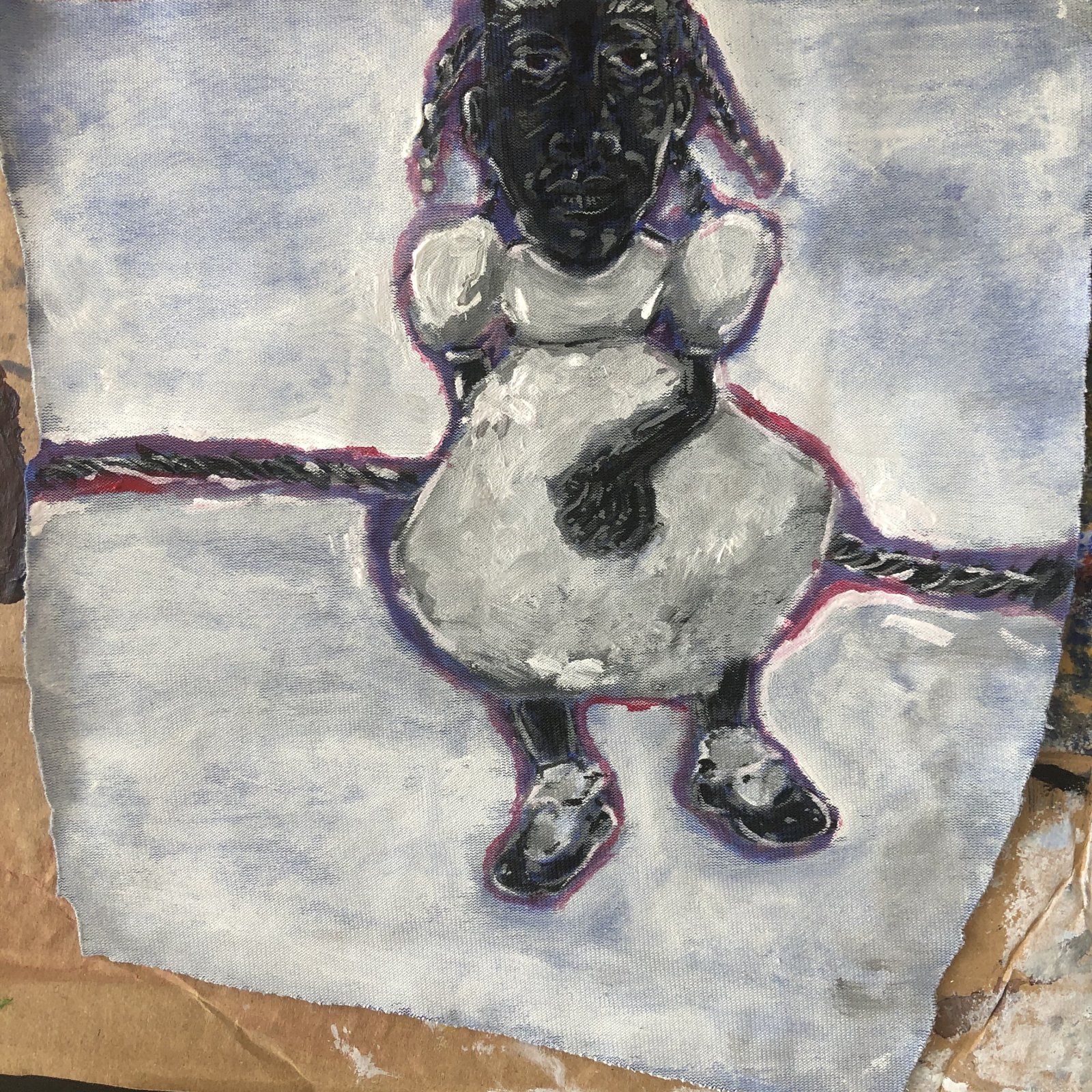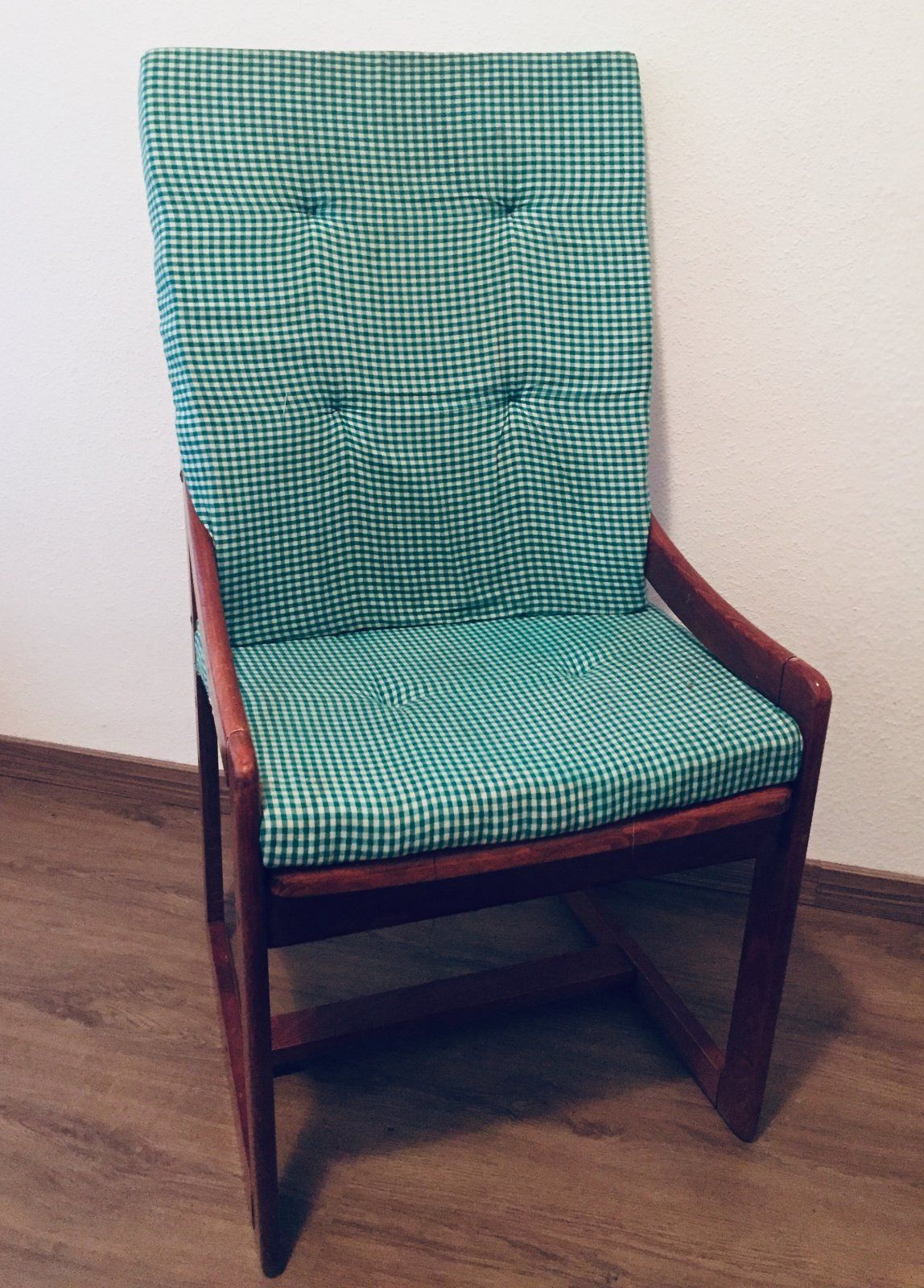
Shardenia Felicia
shardenia@outlook.com
felicia.hotglue.me/?start
www.instagram.com/shardeniafelicia/?hl=en
As an artist, I investigate the concept of storytelling which I address in an autographical manner. I observe the society or the community and its culture and I aim to relate this observation to my personal life. My artistic practice translates these observations, engaging with an autobiographical story, influenced by the society. This method helped me to heal from difficult subjects during my upbringing. In this way, I try to deal with my frustrations through my art which I compare to a fantasy world. So, the combination from the paintings, the sculptures, the performances and videos result in a fantasy world.
GRADUATION PROJECT
Chair
I started My graduation project as a follow up to my thesis research Nostalgia. But while I was working on my graduation work I heard about George Floyd. It was complicated to focus on nostalgia while something of this magnitude was happening at this moment in America. Suddenly I realized that I accomplish my aim with my thesis. It was to find something that would encourage me enough to forget the past and live in the present. It had to do with representation, I see myself in George Floyd. When I was a little girl I remembered to turn on the tv and wished I was white skin. Suddenly it all makes sense to me but this story is already done, and we can't change the past. But we can work on the future through education and representation. And I won't sit back on this chair.


THESIS
Nostalgia
In my thesis ‘Nostalgia’ it is the exactly that phenomenon of nostalgia that I am investigating. The dilemma of being an artist and the nostalgia for a previous career path intertwines in her practice and is a central question in her thesis: how to combine a fascination for anatomy and her artistic practice. Her research shows that this is not a quest for one solution by for example choosing a topic or way of working. Rather it is a reflection on the initial driving sphere and personal choice of becoming an artist. The research investigates this question along the lines of personal narratives, theoretical reflection on the workings of nostalgia as well as case studies by other artists. The thesis becomes a very intimate, almost autobiographical account of my journey consisting of a combination of personal influences, cultural different spheres and critical reflection. The outcome might not be the definitive answer I hoped for, but rather has shown her that a career in the arts is not necessarily a question of being an artist but a continuous choice of becoming an artist, now and in the future.